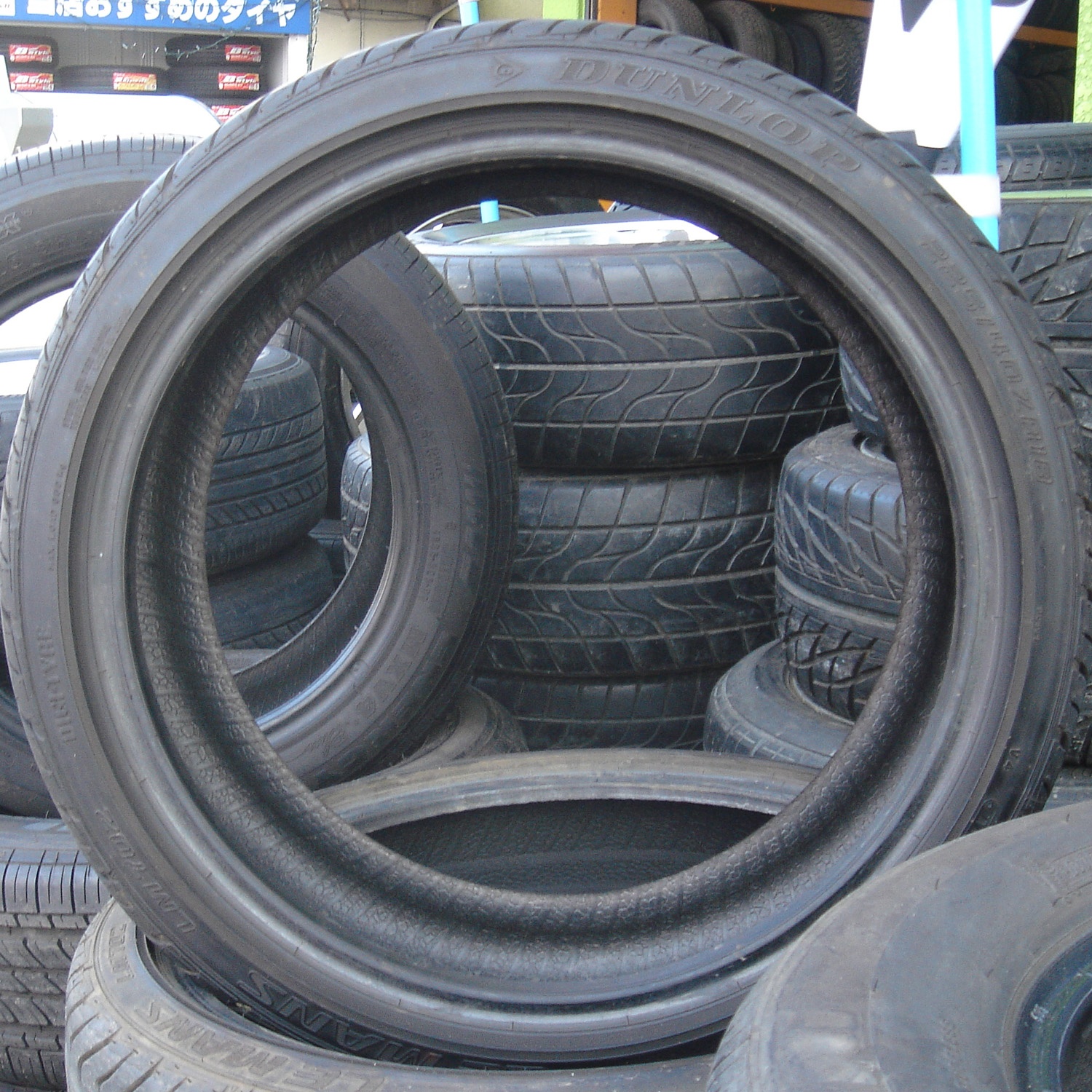Would you like a way to save a few hundred bucks a year on car-related expenses, with no cash out of your pocket?
Just keep your tires inflated at the recommended pressure. It’s estimated that correct tire inflation can result in a 3.3 percent increase in fuel efficiency. According to some sources, that’s good for about $2 of savings at every fill-up. And if you factor in increased tire life, your savings are even greater [source: Allen].
Tire pressure gauges are inexpensive, available at any auto parts store and are easy to use. Vehicles built in the United States after Sept. 1, 2007, have been required to have tire pressure monitoring systems built-in.
But how do you know what the correct pressure is? If you’ve ever taken a close look at your car, you probably noticed the assortment of auto part information located on stickers or stamped onto the car itself. The government requires that this car part information be visible, so that consumers or someone servicing the car will know the correct specifications for making adjustments or for replacing various car parts.
This information is easy to find for your tires. On cars sold in the United States, you can locate information about the original equipment tires in many places — sometimes it’s in the front door jamb, or it might be on the glove box door. You’ll always find it in the vehicle owner’s manual and on the tires themselves, too.
Since quality tires can be expensive, this is an area where extending car part longevity as much as possible makes good sense. Keeping your tires at adequate pressure — no more and no less — is a no-brainer then. You’ll find the maximum tire pressure listed in both metric kilopascals (kPa) and in pounds per square inch (psi). If the owner’s manual or door sticker differs from what’s on the actual tire, always go by the information on the tire.
Remember to measure tire pressure when the tires are “cold,” that is, prior to making any trips. Driving heats up the air in the tires, causing it to expand. Also, inflate your tires to the recommended level, not to the maximum pressure listed. Inflating all the way to the listed maximum means that they could be dangerously overinflated during driving and cause an accident.
Changing your oil and antifreeze at scheduled intervals are well-known ways to increase auto part longevity. Clean fluids mean that the engine and all the components attached to it don’t have to work as hard. In that same vein, it’s a good idea to rotate your tires about every 5,000 to 8,000 miles (8,047 to 12,875 kilometers). Rotating your tires allows the tread to wear evenly so that you get more useful life from your tires.
Provided you know how to safely use a jack and jack stands, rotating your own tires is a simple maintenance procedure. This tire rotation chart (midway down the page) from the NHTSA shows proper tire rotation on front-wheel drive, rear-wheel drive and four-wheel drive vehicles.

How to Prolong the Life of Your Car Tires?
by
Tags:

Leave a Reply